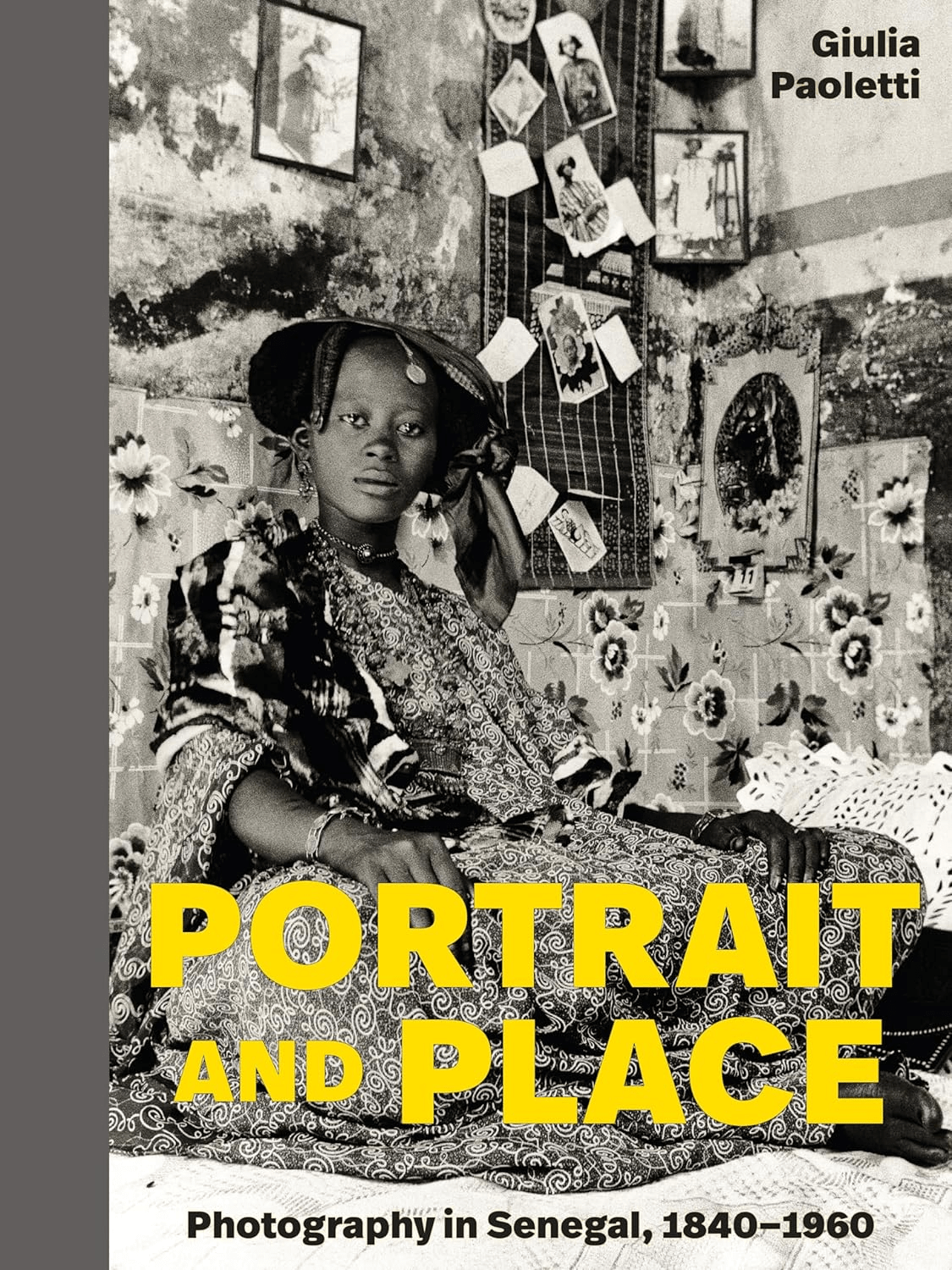
Nomads and Soviet Rule: Central Asia Under Lenin and Stalin
Dennis Keen
Alun Thomas
2018, Bloomsbury Academic, 978-1-350140-368-5, $36.86 pb
In the years that followed the 1917 October Revolution, the young Soviet state sought to bring social change to the Kazakh and Kyrgyz nomads of Central Asia. With their mobile lifestyle viewed as backward, even by some among the indigenous elite, nomadic communities nevertheless maintained a decidedly ambiguous relationship with the new government. This continued until the early 1930s, when Stalin campaigned to forcibly settle nomads onto collective farms. It is this often-overlooked period between the violence of the Bolshevik revolution and the ruthless attempts to eliminate of nomadic lifeways that is the focus of Thomas’s meticulous case study. If previous scholars have presumed that the brutal end of Central Asian nomadism was preceded by escalating animosity, Thomas’s talents for archival excavation weave an alternate tale of a decade defined by bureaucratic indifference and misunderstanding. Soviet rule “looked at nomads,” Thomas concludes, “but did not always see them.”
You may also be interested in...

A Fresh Perspective on Senegal’s Photographic History
Author Giulia Paoletti’s Portrait and Place puts historical Senegalese photography in a fresh global context.
Asma Khan’s Monsoon Cookbook Reclaims Taste of Home—Our Book Review
Known for her all-female kitchen at London’s Darjeeling Express, Asma Khan transforms her new cookbook into a memoir, steeped in nostalgia.